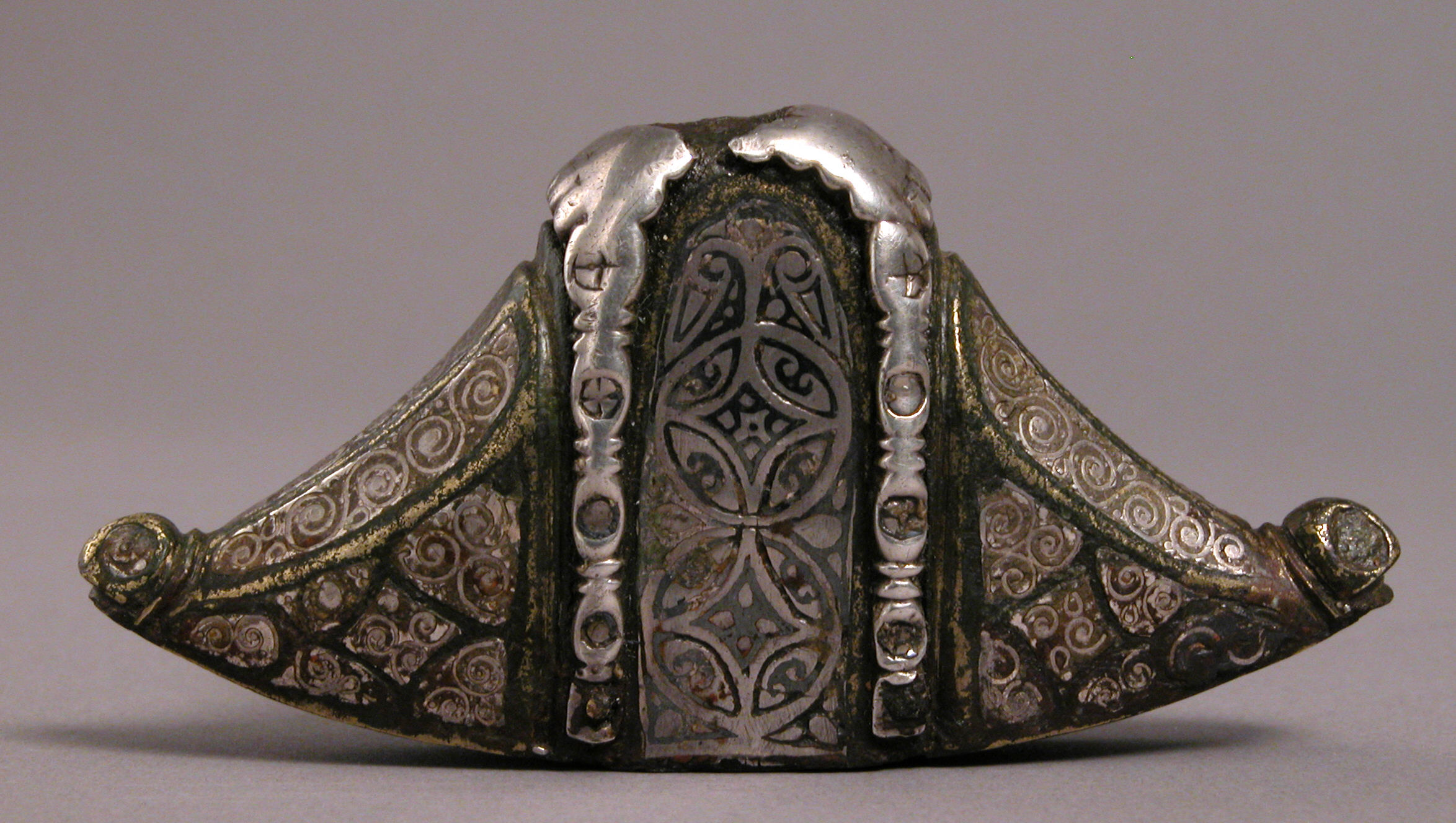I wrote about the long ships during
the 6th century. The long ship is considered on the more impressive technological
pieces of the time. It is regarded as the reason as to why the Vikings were
able to dominate the seas. Tech wins wars just ask any conquered nation throughout
time. The USA took home WW2 in large
part due to their advantages in tech. Now someone would argue Germany was more
advanced and to large part that is true, the atom bomb is what I mean. Just to highlight
the effectiveness here is a quote from an article “Technical marvels, Viking
long ships sailed seas and rivers, or served as floating battlefields”, “The
sacking of Lindisfarne is remembered as the opening act of the "Viking Age
of Invasion," an incursion made possible by one of the technological
wonders of the period, the Viking longship. More than 120 years of exhuming
buried longships have given modern archaeologists and historians a closer look
at how these amazing warships were built, while the writings of the Christian
and Muslim civilizations they attacked clearly indicate the longship's
importance to the Vikings' success as marauders,”( Carey).
http://www.ancientpages.com/2016/04/16/viking-longships-fearless-dragonships-daring-the-oceans-and-seas/

The Vikings
for all their rape and pillaging did add some valuable knowledge on the side of
economics. The Vikings are credited for establishing trade routes that were passed
on for he generations. Normally we think of Vikings as dumb brutish warriors only
good for their war. Turns out some of them were also smart. The smart Viking was
Ohthere and in the article “Viking longships brought rape, pillage and cod” we
learn more about him, “Evidence is growing that Ohthere was a shipping magnate,
a commodity trader who regularly travelled the route he described to Alfred.
During the sailing season from April to September, in daylight hours and with
favourable winds, adventurous Vikings travelled south in ships laden with
riches from the north.,”( Vines).
https://www.historyonthenet.com/vikings-as-traders

My last
point is that the Vikings were able to use their ships to explore the world to discover lands that had not been discovered by the Europeans at the time. This was possible due to their long ships which were built in a manner that allowed for crossing of oceans. “They found the Faroe Islands, and then Iceland and Greenland. They
settled each in turn. After the year 1000, they also made excursions from
Greenland to the coast of the North American mainland, especially the east
coast of Canada” (Unger 21). They were able to rule the seas not only in terms of war but also trade
and exploration. Quite the accomplishment for a group. The importance of this is that it makes us believe that the Vikings were
truly one of the great powers at the time. When we think great powers
typically, ancient Rome, British Empire and modern United States. The Vikings
arguably on a relative case could be considered to be included on that list of
impressive civilizations.
The Vikings
were quite impressive. A large part of this is due to their long ship which was
the undisputed champion of the sea in their time period. We are all familiar with
the show Vikings on history which shows Vikings as a brutal group of people.
This was true but as shown by Ohthere it was not all brawn as there was some
brain.
https://ezproxy.monmouth.edu/login?url=https://search-ebscohost-com.ezproxy.monmouth.edu/login.aspx?direct=true&db=a9h&AN=32866151&site=ehost-live&scope=site
https://www-jstor-org.ezproxy.monmouth.edu/stable/41727826?Search=yes&resultItemClick=true&searchText=The&searchText=Archaeology&searchText=of&searchText=Boats%3A&searchText=Ships&searchText=of&searchText=the&searchText=Vikings&searchUri=%2Faction%2FdoBasicSearch%3FQuery%3DThe%2BArchaeology%2Bof%2BBoats%253A%2BShips%2Bof%2Bthe%2BVikings&refreqid=search%3A1b78872ad9b7ca171514ea6f250cb00c&seq=1#metadata_info_tab_contents
https://www-jstor-org.ezproxy.monmouth.edu/stable/41727826?Search=yes&resultItemClick=true&searchText=The&searchText=Archaeology&searchText=of&searchText=Boats%3A&searchText=Ships&searchText=of&searchText=the&searchText=Vikings&searchUri=%2Faction%2FdoBasicSearch%3FQuery%3DThe%2BArchaeology%2Bof%2BBoats%253A%2BShips%2Bof%2Bthe%2BVikings&refreqid=search%3A1b78872ad9b7ca171514ea6f250cb00c&seq=1#metadata_info_tab_contents





